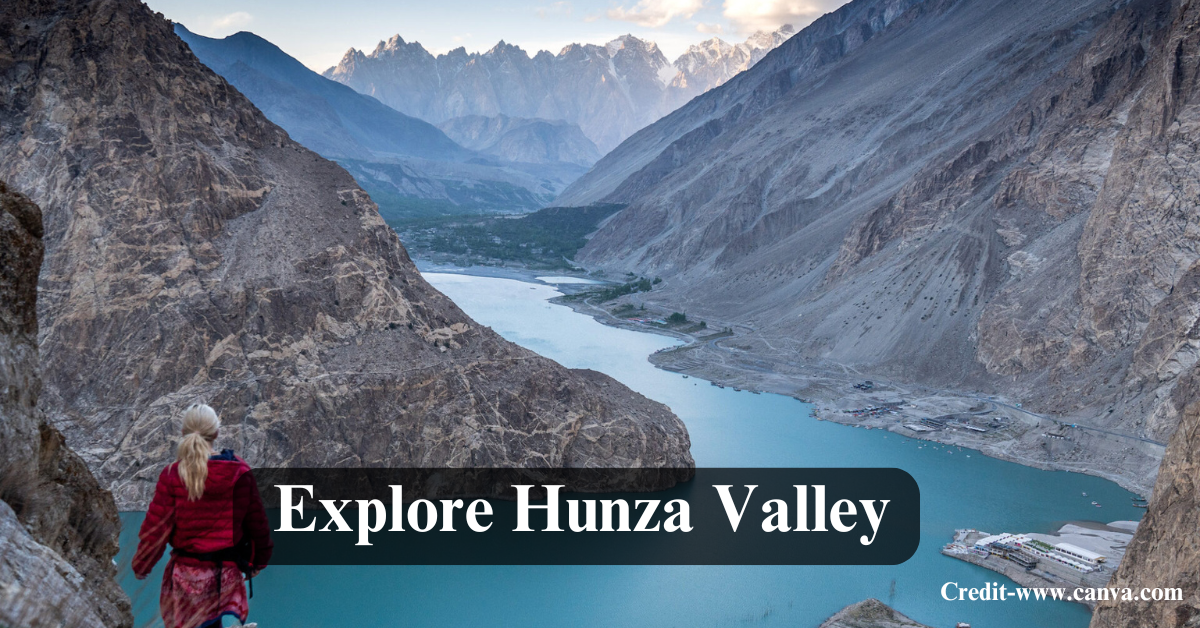The Hunza Valley in Pakistan appeals to those who envision snow-capped mountains, crystal-clear lakes, and quaint villages reminiscent of those found in books. This location is more than a mountain area. Nature, history, and village life come together.
The stunning Hunza lies right at the heart of Gilgit-Baltistan and feels custom-made for the adventurer, for the party tired of all the noise, or for anyone who can sit and watch the view. Whether it’s your first visit or your second or third one, your Hunza travel guide will help you plan your best trip.
Table of Contents
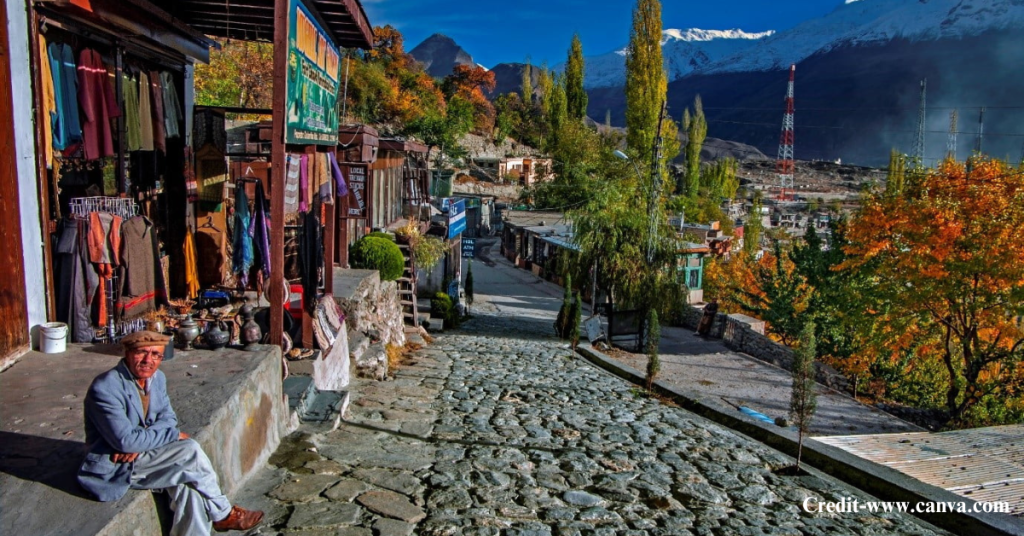
Why Visit Hunza Valley?
Some places appear good in pictures, but they seem empty when you visit them. Hunza is different.
When a person sees the jagged Passu Cones rising into the sky, or the sun appears behind Rakaposhi, they understand that this place feels real, looks raw, and holds many stories.
Hunza has a reputation for being a calm and safe setting. The locals, mainly from the Ismaili community, are warm, kind, and welcoming. Many people speak multiple languages, and they value education. The valley also has a high literacy rate in Pakistan.
The fruit tastes different here. This includes cherries, apples, and apricots. Perhaps the clean air, the cold nights, or the natural growth of everything causes this. You will remember the taste.
How to Get to Hunza Valley
Hunza is situated approximately 600 kilometres north of Islamabad. You can reach it by air or by road. Both ways offer a different experience.
To reach Hunza by air, go from Islamabad to Gilgit Airport. From there, take a car or a van to Hunza. The drive takes about two to three hours. The flight lasts one hour. The weather often delays or cancels these flights.
A person with a tight schedule should plan an extra day because the flight might not happen as expected.
For road travel, the trip takes longer. It offers a very beautiful drive. The Karakoram Highway, which people call the Eighth Wonder, goes through big mountains – it also crosses rivers and passes old villages.
If you travel by bus, NATCO buses and other private companies depart from Rawalpindi or Islamabad.
By car: Hiring a private car or jeep gives more freedom to stop for photos and breaks.
Expect an 18–20 hour drive. It’s long, but the views make it worth every second.
Summer Shortcut: Babusar Pass
From June to October, a shorter route through Babusar Pass is open. It’s about 100 km shorter and gives fantastic views. The pass is closed in winter due to heavy snow.
Best Time to Visit Hunza Valley
Every season in Hunza is distinct, offering a unique set of benefits.
From March to May, spring arrives. Cherry plus apricot blooms spread across the valley in white and pink. The air cools but stays comfortable, also the colors look striking. Many photographers and people who like nature travel to this place then.
Summer lasts from June to August. The weather suits trekking as well as seeing the sights. Days are warm, but the nights cool down. This period also includes festivals. The Ginani Festival, which celebrates harvest, takes place in June.
In autumn, from September to October, leaves become orange, red along with gold. The air turns cool, the sky stays clear as well as fewer visitors arrive – it feels calm and suits couples or people traveling alone.
Winter stretches from November to February. Hunza becomes a valley covered in snow. Some roads may close, plus not all guesthouses stay open. If a person accepts the cold, the quiet and the beauty, there is no equal.
For a comfortable trip, take layers of clothing. The weather can shift quickly, even at night in the summer.
Top Places to Visit in Hunza Valley
You don’t come to Hunza for just one attraction. The entire valley feels like an open-air museum. Still, here are the spots you can’t miss:
Baltit Fort
Baltit Fort is more than 700 years old – it rests above Karimabad and has wood balconies and narrow passages. The fort once served as a home for the Hunza royal family. It features a small museum, as well as offering expansive views of the entire valley. From its top, a person sees Ultar Sar and Rakaposhi along with other peaks.
Altit Fort
Altit Fort is older and smaller than Baltit. Builders erected it over 900 years ago. Workers restored it with help from the Aga Khan Trust. People know it for its quiet feel. A nearby café, operated by local women, serves hot tea and fresh apricot juice.
Attabad Lake Hunza is a well known place to visit in Hunza. A landslide created this lake in 2010. The bright blue water is now a popular spot for boating, jet skiing as well as camping by the lake. Such as Luxus Hunza, sit on the lake.
Passu Cones
People call the Passu Cathedral these sharp limestone peaks; they stand behind the Karakoram Highway close to Passu village. Travellers often see them in pictures. Observing them in person shows a more notable sight.
Hussaini Suspension Bridge
This narrow bridge sways above the Hunza River. Local people cross it daily, which provides excitement and a hint of fear for those who visit. Once someone stands on it, the views look good.
Rakaposhi View Point
This stop sits along the road near Nagar. It offers a clear sight of Rakaposhi, which measures 7,788 meters high. Nearby tea stalls allow people to drink chai while they observe the scene.
Khunjerab Pass
The Khunjerab Pass sits at almost 4,700 meters – it serves as the highest paved border crossing, leading into China. The drive to get there becomes a journey itself. It is a wild and cold trip that looks striking.
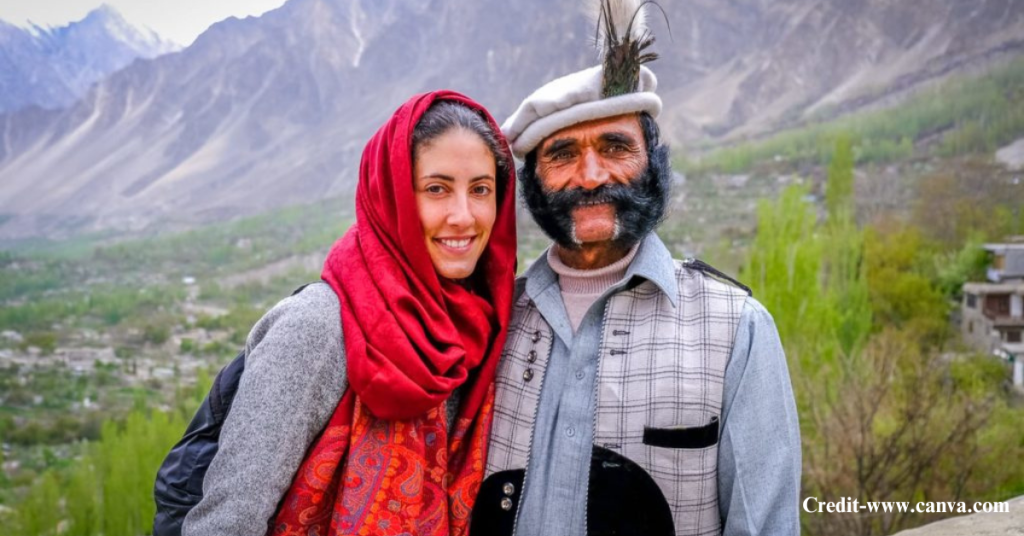
Things to Do in Hunza Valley (Beyond Sightseeing)
Hunza offers a mix of calm and active activities to enjoy. You can do the following activities in Hunza, along with seeing the sights:
- You can walk long distances. Go to Ultar Base Camp, Passu Glacier, or Rakaposhi Base Camp. Some trips need one day. Other trips take more time.
- Mountain Biking – Ride bikes on the paths near Gulmit, in addition to those near Attabad.
- Boating and Jet Skiing – Rent a boat or ride a jet ski at Attabad Lake Hunza.
- Cultural Visits – Look through the local markets in Gulmit, as you can buy handwoven rugs, caps along with wood carvings there.
Food and Local Culture
The food from Hunza is plain and warm. Local ingredients go into its preparation. This kind of food satisfies a person after a long walk.
Try these meals:
Chapshuro is a flatbread that holds seasoned meat. People often refer to it as “Hunza pizza.”
- Harissa is a thick blend of meat and wheat. Cooks prepare it slowly, plus it fills a person.
- Diram Fitti is a sweet bread – it comes from sprouted wheat flour.
- Dried apricots serve as snacks. People also put them in many dishes.
- Butter tea and chai are standard drinks. Salty butter tea is often found here, but sweet milk chai is also available in many places.
Notes on Culture
The Ismaili Muslim community lives in Hunza. Most people speak softly and act friendly; they take pride in their heritage. Dancing and telling stories happen in daily life, particularly at events like Navroz, in addition to Ginani.
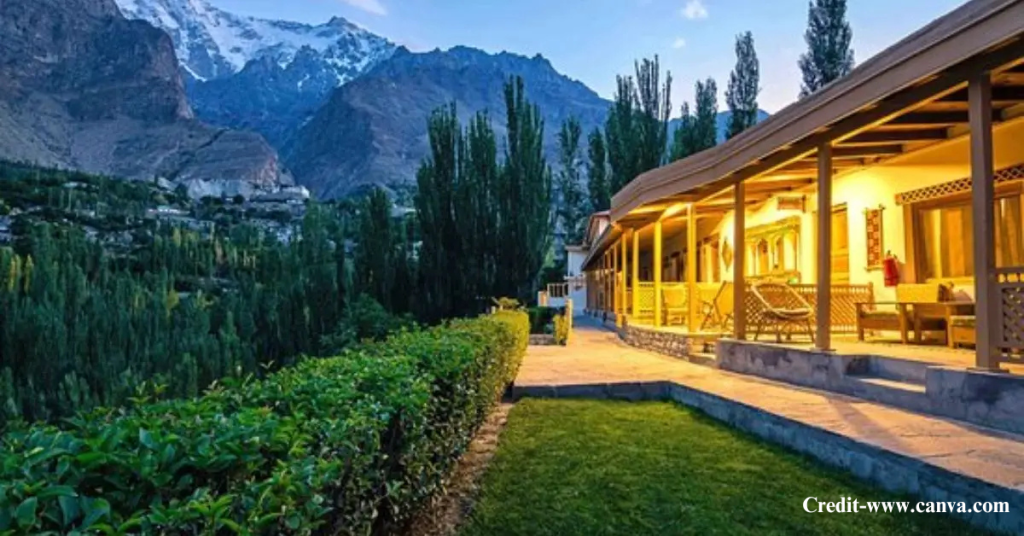
Hunza Hotels and Where to Stay
Hunza offers lodging for all budgets, from expensive resorts to plain guesthouses.
Luxury
- Luxus Hunza is a lakeside resort offering good views and is well-suited for couples.
- Serena Hunza is a nice hotel in Karimabad. The food plus service are good there.
Mid-Range
- The Hunza Darbar Hotel is in the centre. It is clean and large.
- Eagle’s Nest Hotel sits high on the hills – it has the best sunrise view in the valley.
Budget
- Old Hunza Inn offers plain rooms. The hosts are friendly, also the food is good.
- Glacier Breeze Guesthouse is a quiet place. It provides home-cooked meals.
Hidden Corners & Insider Tips
Want something more special? These lesser-known places and tips might help:
- Ganish Village – The oldest part of Hunza is with narrow lanes, ancient watchtowers, and peaceful corners. Great for walking tours.
- Women-Run Centres – In Altit and Gulmit, you can visit craft shops run by women. Buying from them directly helps local families.
- Remote Working in Hunza – Some guesthouses in Aliabad and Karimabad now offer WiFi. A few long-stay travellers and digital nomads have started staying here for months.
Travel Tips:
- Bring cash. ATMs run out of money often.
- Buy a local SIM for better network coverage.
- Could you double-check the road status before travelling in winter?
- You can drink water often. The high altitude can affect your energy.
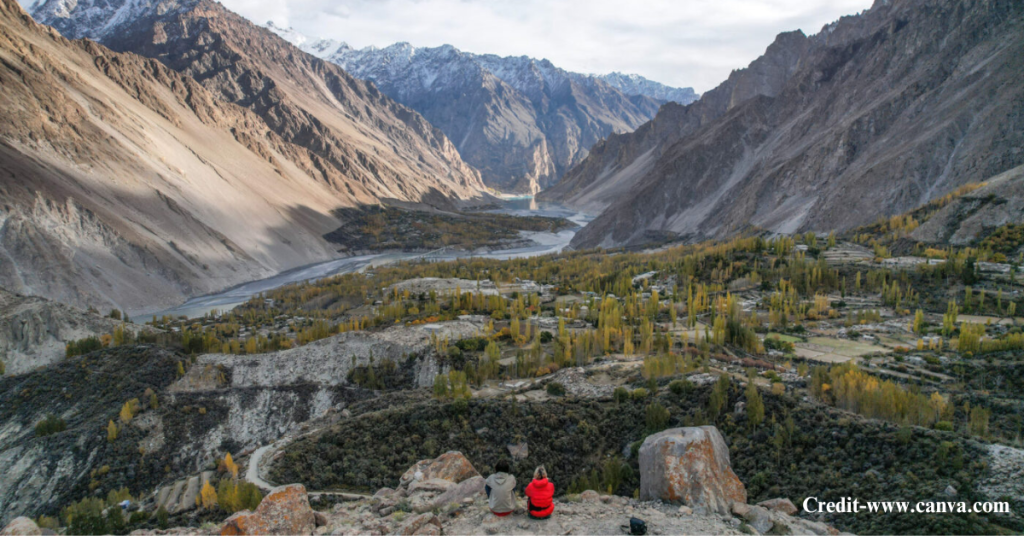
Final Thoughts
The Hunza Valley is a place that stays with people – it is in the quiet mountains at dawn. The smell of apricot trees is present. Strangers share warm tea. Bright stars appear at night.
People visit for a week or a few days; they leave with stories and a calm mind. A small part of their heart stays in the hills.
Would you be ready to plan your trip?
Save this Hunza travel book. You can send it to your friends. Could you write a note about your trip to Hunza? Whether you visit the area for the first time or the fifth, you can always find more places to explore.
.

